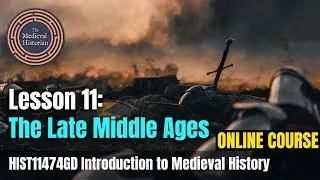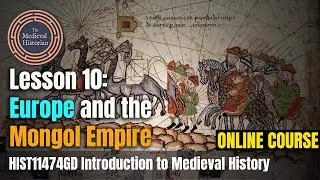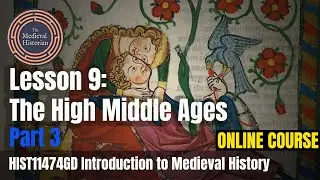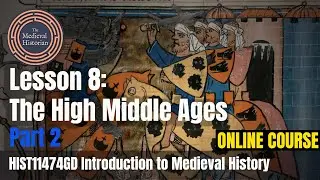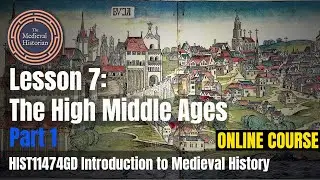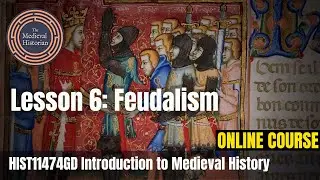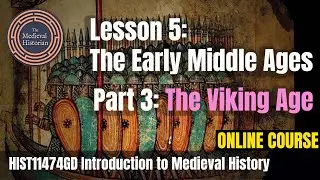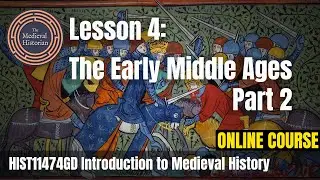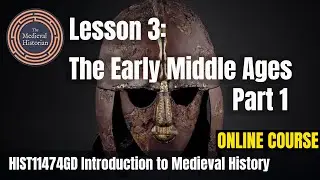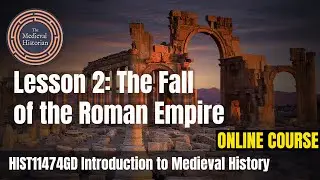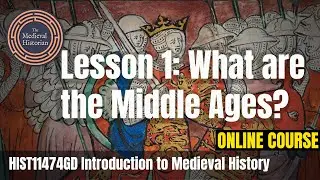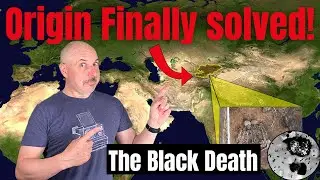Europe and the Mongol Empire - Lesson #10 of Introduction to Medieval History | Online Course
#medieval #onlinecourses #mongolempire #genghiskhan #marcopolo
In this lesson, we will begin to examine the changing world of the late Middle Ages. In the 13th century, a new power would arise in the grasslands of central Asia, a coalition of nomadic tribes under the leadership of Genghis Khan which would set out to conquer the world. The Mongols would build the largest contiguous land empire that world had ever seen. It would stretch from the sea of Japan to Europe and encompass approximately twelve million square miles and countless different peoples and cultures. The Mongol empire at its height contained nearly half of the world’s population. Its influence was profound and to the civilizations it encountered, it brought a new sense of global awareness which would eventually drive explorers around the world. For the medieval west, both the Islamic and Christian worlds, the rise of the Mongol Empire signaled the end of one era and the beginning of a new one - the late Middle Ages.
Topics:
The rise of the Mongol Empire and Genghis Khan
The Silk road and trade networks across Eurasia
The Pax Mongolica
The technological and cultural impact of the Mongol Empire on Europe
In this online degree breadth course, Students survey the breadth of medieval history in Europe, North Africa, Anatolia and the Middle East spanning the late Roman period to the sixteenth century. Through integrated reading assignments, podcasts, videos and other media, students explore the major economic, political, social and religious developments that account for the shape of medieval civilization and its influence on subsequent centuries.
The textbook for the course is Barbara Rosenwein's A Short History of the Middle Ages:
US Amazon Link: https://amzn.to/3qIizf2
Canadian Amazon Link: https://amzn.to/3xtQjk6
It's a great introduction to the Middle Ages and very easy to read with lots of great maps, pictures and primary sources.



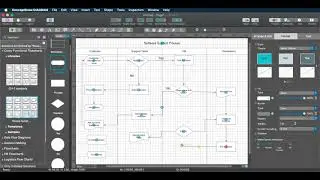

![|СОВМЕСТКА| Это любовь в одно касание... [with Ohiko Tyan]](https://images.videosashka.com/watch/inx2Welh5M0)


